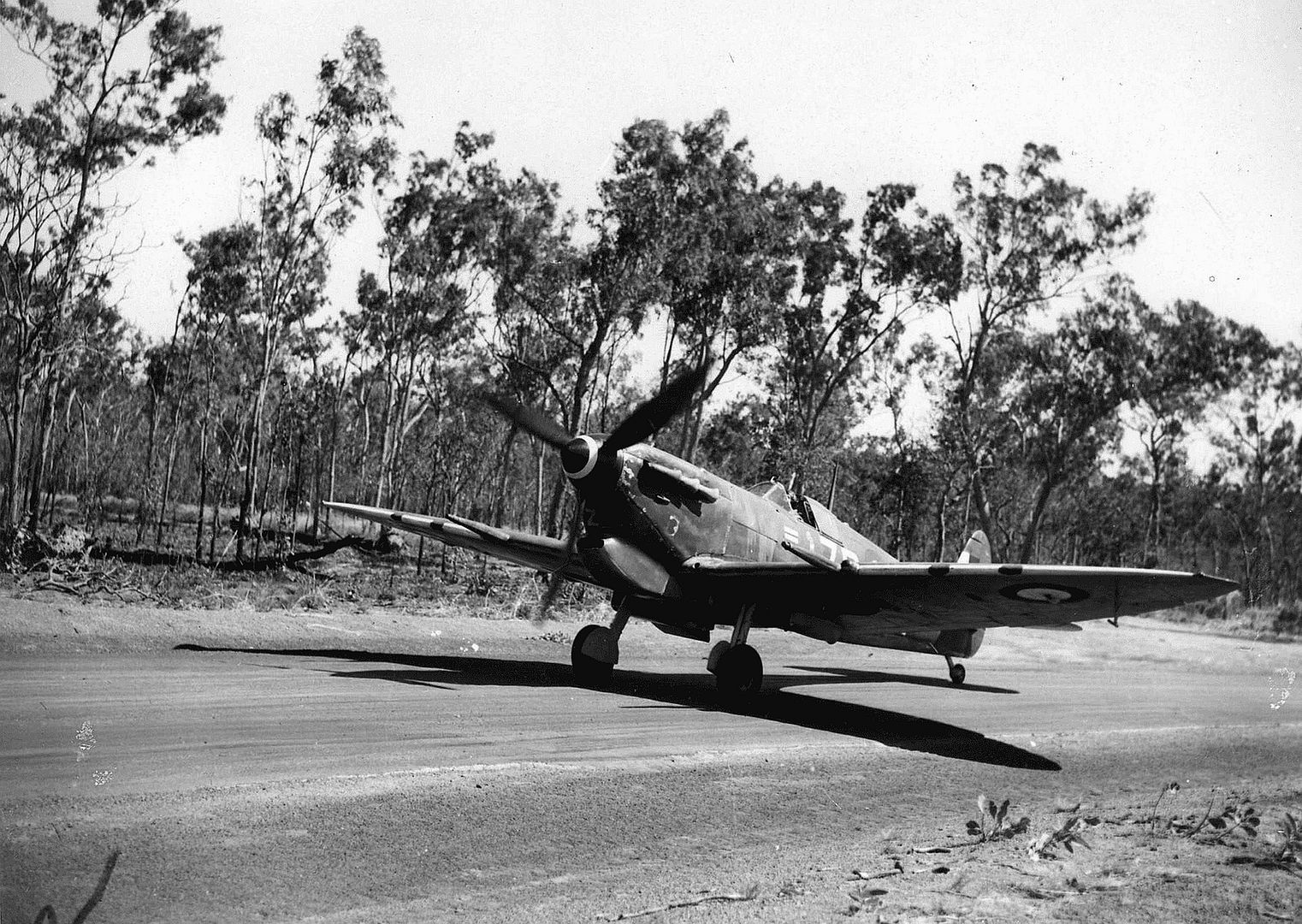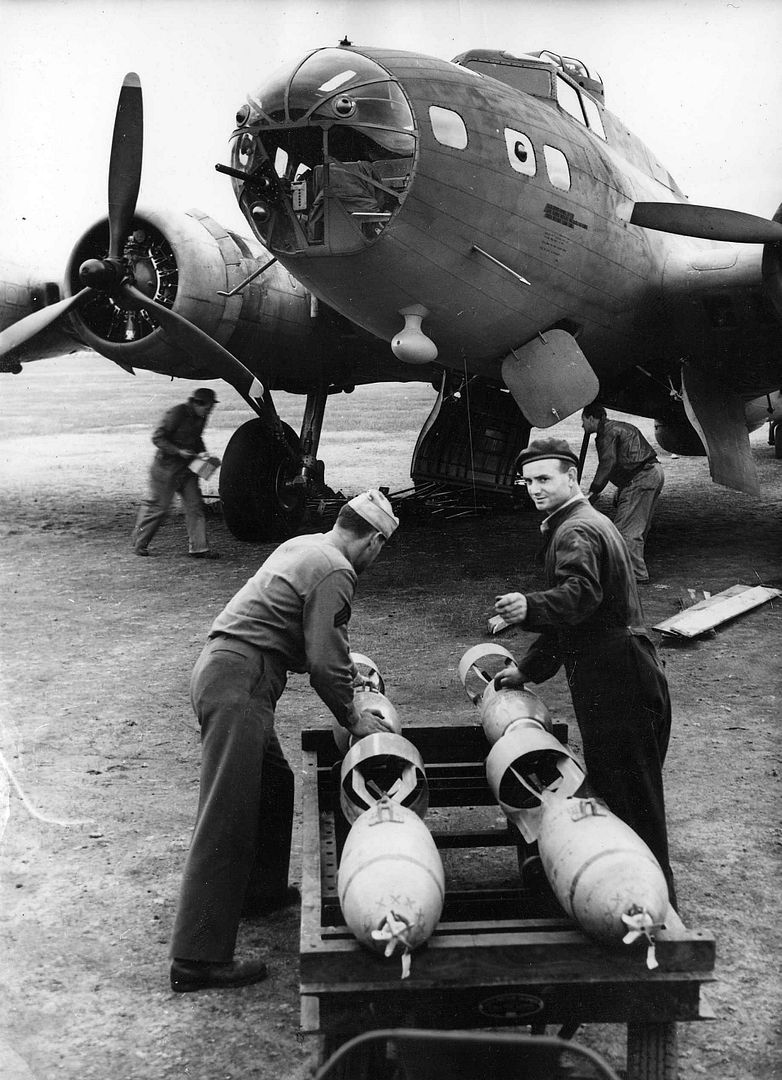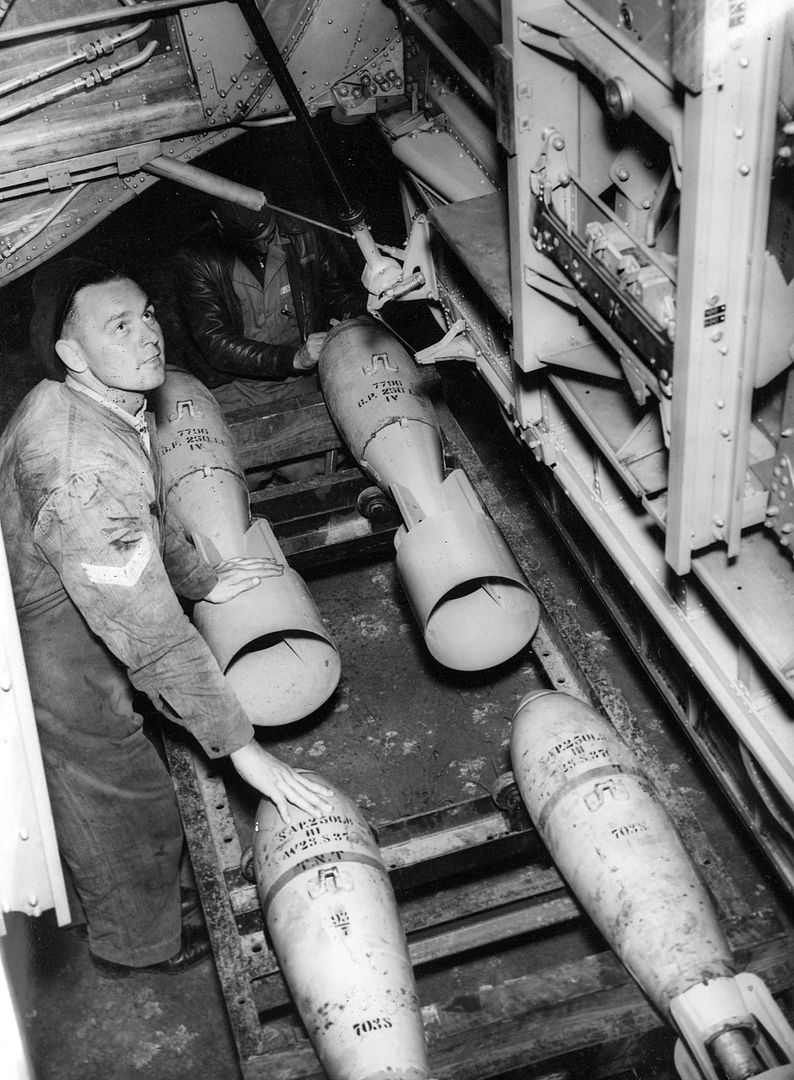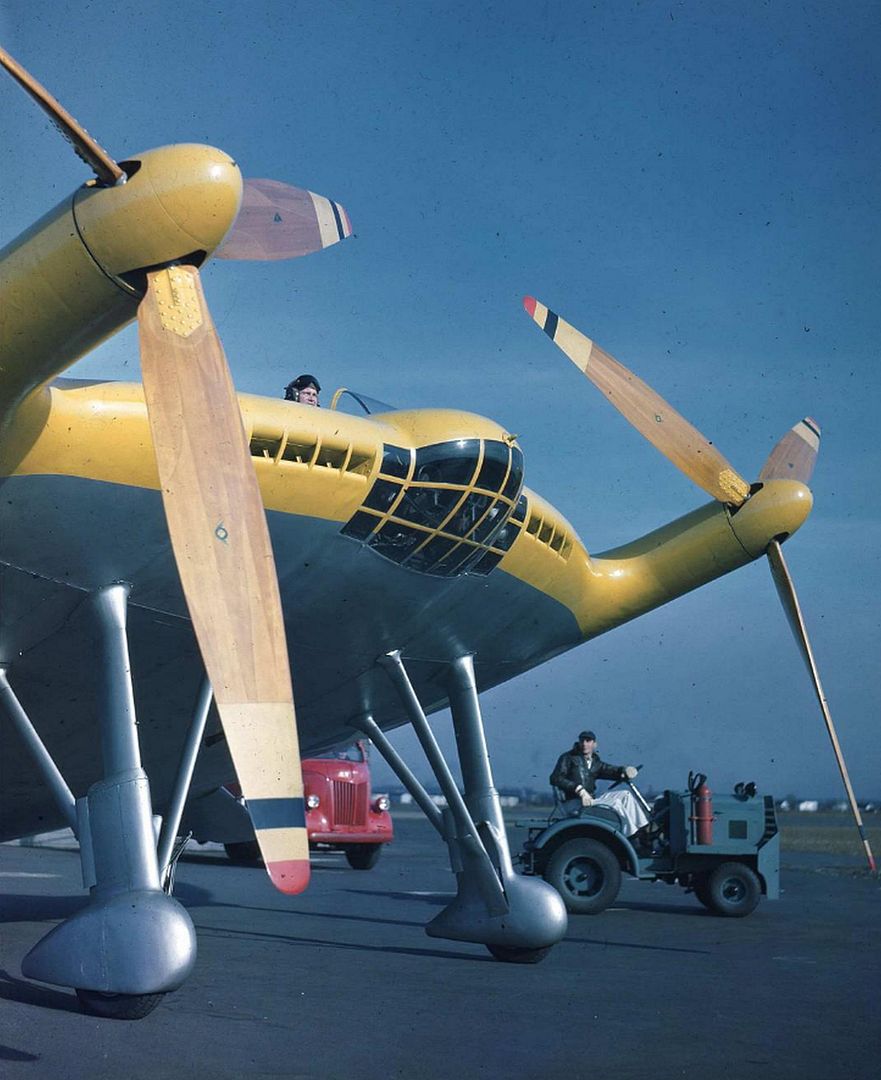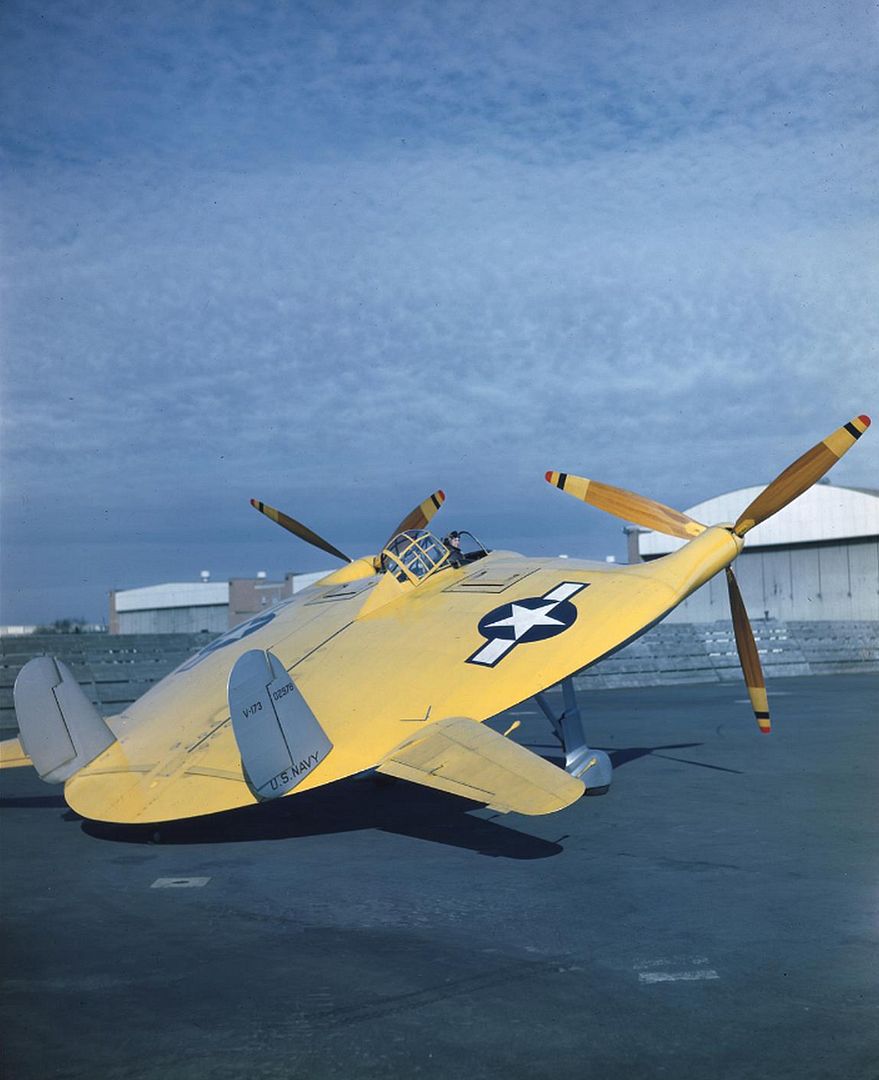Forums
- Forums
- Axis And Allies Forum
- General Discussion
- Photo of the week
Photo of the week
Post a reply
- Go to Previous topic
- Go to Next topic
- Go to Welcome
- Go to Introduce Yourself
- Go to General Discussion
- Go to Screenshots, Images and Videos
- Go to Off topic
- Go to Works in Progress
- Go to Skinning Tips / Tutorials
- Go to Skin Requests
- Go to IJAAF Library
- Go to Luftwaffe Library
- Go to RAF Library
- Go to USAAF / USN Library
- Go to Misc Library
- Go to The Ops Room
- Go to Made in Germany
- Go to Campaigns and Missions
- Go to Works in Progress
- Go to Juri's Air-Raid Shelter
- Go to Campaigns and Missions
- Go to Works in Progress
- Go to Skinpacks
- Go to External Projects Discussion
- Go to Books & Resources
-
 Main AdminThis midweeks photo.
Main AdminThis midweeks photo.
Bristol 175 Britannia 5X-UVH of African Safari Airlines ASA. Originally delivered to El Al as 4X-TGD in 1959 (and briefly leased by them in March 1963 to British United as G-ASFU), this aircraft was sold to Globe Air in 1965 as HB-ITC before joining ASA in late 1967. It was re-registered 5Y-ALT in April 1970 and passed to African Cargo AW in late 1973, eventually being withdrawn at Stansted in May 1975, where it was promptly broken up for spares and its remains passed to the Fire Training School there.
-
 Main AdminThis weekends photo.
Main AdminThis weekends photo.
And a wonderful shot of a B-17C taken in Northern Australia.
I wonder if its Boeing B-17C, serial number 40-2072, known as "Miss Every Morning Fixin".
The Bakers Creek air crash was an aviation disaster which occurred on 14 June 1943, when a United States Army Air Forces (USAAF) Boeing B-17 Flying Fortress aircraft crashed at Bakers Creek, Queensland, Australia. The aircraft took off from Mackay and crashed approximately 8 km (5.0 mi; 4.3 nmi) south of the airfield. Forty military service personnel on board were killed; one person survived the crash.The crash is Australia's deadliest aviation disaster by death toll and was the deadliest accident involving a transport aircraft in the south-western Pacific during World War II.
The aircraft was a Boeing B-17C, serial number 40-2072, known as "Miss Every Morning Fixin".
The six crew and 35 passengers were returning to New Guinea after an R&R break. The aircraft was part of the United States Fifth Air Force and was operated by the 46th Troop Carrier Squadron, part of the 317th Troop Carrier Group. It had formerly been one of the B-17s sent to the Philippines in the autumn of 1941 with the 19th Bomb Group and had been converted into a transport after suffering heavy battle damage in a mission on 25 December 1941. Over 1,100 bullet holes were found when the plane returned to Darwin.
The plane earned its nickname due to the constant work needed to keep it airworthy. A former maintenance chief estimated that for every eight hours the plane flew, it needed at least 12 hours of maintenance. During the 10 days before Miss EMF's last flight, mechanics installed a new fuel tank and two new engines, and a satisfactory test flight was made on the previous day
The aircraft took off from Mackay Airfield just before dawn at about 6 am in foggy conditions, headed for Port Moresby. Soon after, it made a low altitude turn and a few minutes later, crashed. All but one person on board was killed. The cause of the crash remains a mystery.
The sole survivor of the crash died at Wichita Falls, Texas, on 4 February 2004. Another person, also of the 317th Troop Carrier Group, was due to be a passenger on the plane, but missed the flight due to sleeping in and arriving late at the airfield.
Due to wartime censorship, nothing of the incident was reported in the media. The Daily Mercury, Mackay's newspaper, reported the following day that a visiting American serviceman had been injured, as well as an editorial expressing the sentiments of locals who knew what had happened. Nothing more appeared in the local media until 21 August 1945, after the war had ended. Victims' relatives received War Department telegrams which said little more than the serviceman had been killed in an air crash in the south west Pacific.
Australia's equal second deadliest aviation disaster, the 1960 crash of Trans Australia Airlines Flight 538, also occurred at Mackay Airfield
A memorial was unveiled at Bakers Creek, near Mackay, Australia, on 11 May 1992, consisting of two brick columns aligned northwards on which are mounted flag poles and two brass plaques facing eastwards. Between the columns is a large aircraft propeller of a type fitted to Douglas C-47 airplanes supplied to the Royal Australian Air Force. The plaques describe the crash and list the men known to have perished as well as the sole survivor. Above the monument is a brass model of a B-17C that was unveiled and saluted by a low-flying 5th AF United States Air Force Lockheed C-130 from Yokota AB, Japan, on 15 June 2003, during 60th Anniversary events marking the crash. A small brass plaque tells about the model. Two brass plaques representing the 46th Troop Carrier Squadron and the 5th Air Force Memorial Foundation are mounted on a plinth in front of the Bakers Creek Memorial: inside a spotlight illuminates the memorial for several hours each night. Annual commemorative ceremonies are held at the memorial, usually in June.
Another memorial to the US servicemen was unveiled in Washington, D.C., on 14 June 2006, at the National World War II Memorial. After the unveiling, it was moved temporarily to the Embassy of Australia in Washington, D.C. Because embassies are considered foreign soil, the Bakers Creek Memorial Association (USA) petitioned American lawmakers to relocate the memorial. After several years of negotiation, a dedication ceremony took place on 11 June 2009 at the Selfridge Gate entrance to Arlington National Cemetery on Fort Myer, Virginia.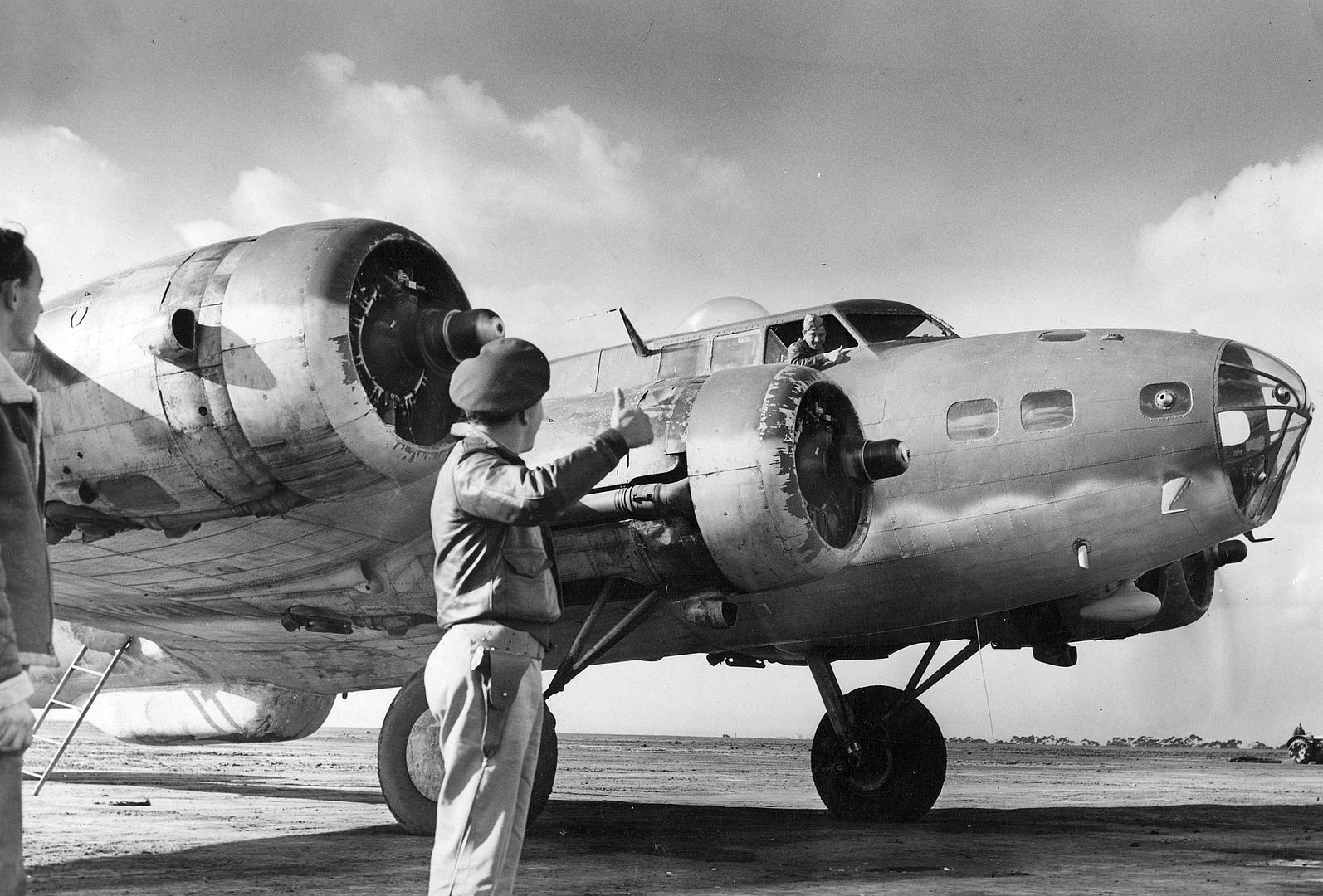
-
 Main Admin
Main Admin -
 Main Admin
Main Admin -
3 years agoFri Jan 28 2022, 11:22pmDuggy
 Main Admin
Main Admin -
 Main Admin
Main Admin -
3 years agoWed Feb 02 2022, 09:10pmDuggy
 Main AdminThis midweeks photo.
Main AdminThis midweeks photo.
And a lovely air to air of De Havilland Mosquito Mk XVI, ML963 8K-K of 571 Squadron RAF.
Mosquito ML963/K: Took off at 21:37hrs. for mission to Berlin. 10/04/1945 Missing.
Mosquito it was abandoned following an engine fire. Crew evaded four days in Germany until liberated.
Both airmen rejoined their Sqn before the end of the month as 22/04/1945.
-
 Main AdminThis weekends photos.
Main AdminThis weekends photos.
In the summer of 1948, the world's air speed record was 650.796 mph, set by the Navy's Douglas D-558-1 Skystreak research aircraft on August 25, 1947. The USAF thought that now would be a good time to show off its new fighter by using a stock, fully-equipped production model of the F-86A to break the world's air speed record.
To get the maximum impact, the Air Force decided to make the attempt on the speed record in the full glare of publicity, before a crowd of 80,000 spectators at the 1948 National Air Races in Cleveland, Ohio. The fourth production F-86A-1-NA (serial number 47-608, the cold weather test aircraft) was selected to make the record attempt, and Major Robert L. Johnson was to be the pilot.
On September 5, 1948, Major Johnson was ready to go and flew his F-86A-1-NA serial number 47-708 on six low-level passes over the course in front of the crowd at Cleveland. Unfortunately, timing difficulties prevented three of these runs from being clocked accurately. In addition, interference caused by other aircraft wandering into the F-86A's flight pattern at the wrong time prevented some of the other runs from being made at maximum speed. Even though the average of the three runs that were timed was 669.480 mph, the record was not recognized as being official by the FAI.
Further attempts to set an official record at Cleveland were frustrated by bad weather and by excessively turbulent air. Major Johnson then decided to move his record-setting effort out to Muroc Dry Lake (later renamed Edwards AFB), where the weather was more predictable and the air less turbulent. On September 15, 1948, Major Johnson finally succeeded in setting an official record of 670.981 mph by flying a different F-86A-1-NA (serial number 47-611 in identical colours, the armaments test aircraft) four times over a 1.86-mile course at altitudes between 75 and 125 feet.

-
 Main Admin
Main Admin -
 Main Admin
Main Admin
Post a reply
- Go to Previous topic
- Go to Next topic
- Go to Welcome
- Go to Introduce Yourself
- Go to General Discussion
- Go to Screenshots, Images and Videos
- Go to Off topic
- Go to Works in Progress
- Go to Skinning Tips / Tutorials
- Go to Skin Requests
- Go to IJAAF Library
- Go to Luftwaffe Library
- Go to RAF Library
- Go to USAAF / USN Library
- Go to Misc Library
- Go to The Ops Room
- Go to Made in Germany
- Go to Campaigns and Missions
- Go to Works in Progress
- Go to Juri's Air-Raid Shelter
- Go to Campaigns and Missions
- Go to Works in Progress
- Go to Skinpacks
- Go to External Projects Discussion
- Go to Books & Resources
